Researchers at the Universities of California, San Francisco (UCSF) & Los Angeles (UCLA) have discovered that platelets are produced in the lungs to a large extent.
It has long been known that blood cells are produced in the bone marrow. But there have been suspicions that they can also be produced in the lungs.
Using video microscopy in a living mouse, researchers have studied the lungs of mice and found that about half of all platelets, a type of blood cell, is indeed produced in the lungs.
Platelets are also known as thrombocytes and their main task is to stop bleeding by coagulating the blood, stopping the bleeding from wounds and facilitate tissue repair to start.
White and red blood cells are normally produced in the bone marrow. But the new paper suggests that blood stem cells are produced in the bone marrow and then migrate to the lungs where production of platelets can begin.
The researchers also identified a previously unknown supply of blood stem cells capable of restoring blood production when the stem cells of the bone marrow are depleted.
This previously unknown supply consists of progenitor cells that turn into megakaryocytes, along with blood-forming, or hematopoietic, stem cells and these cells constitute a reservoir that can replenish the bone marrow.
“This finding definitely suggests a more sophisticated view of the lungs — that they’re not just for respiration but also a key partner in formation of crucial aspects of the blood,”
– Pulmonologist Mark R. Looney, MD, a professor of medicine and of laboratory medicine at UCSF and the new paper’s senior author.
There is a growing sense among researchers that stem cells may be much more active than previously recognized. The new observation that blood stem cells and progenitors seem to travel back and forth freely between the lung and bone marrow, lends support to this idea.
“We’re seeing more and more that the stem cells that produce the blood don’t just live in one place but travel around through the blood stream. Perhaps ‘studying abroad’ in different organs is a normal part of stem cell education.”
– Mark R. Looney
This discovery could lead to changes in how we treat pneumonia, bleeding and change the future approach for organ transplantation.
Reference:
Lefrancais et al, The lung is a site of platelet biogenesis and reservoir of haematopoietic progenitors, Nature, 2017.

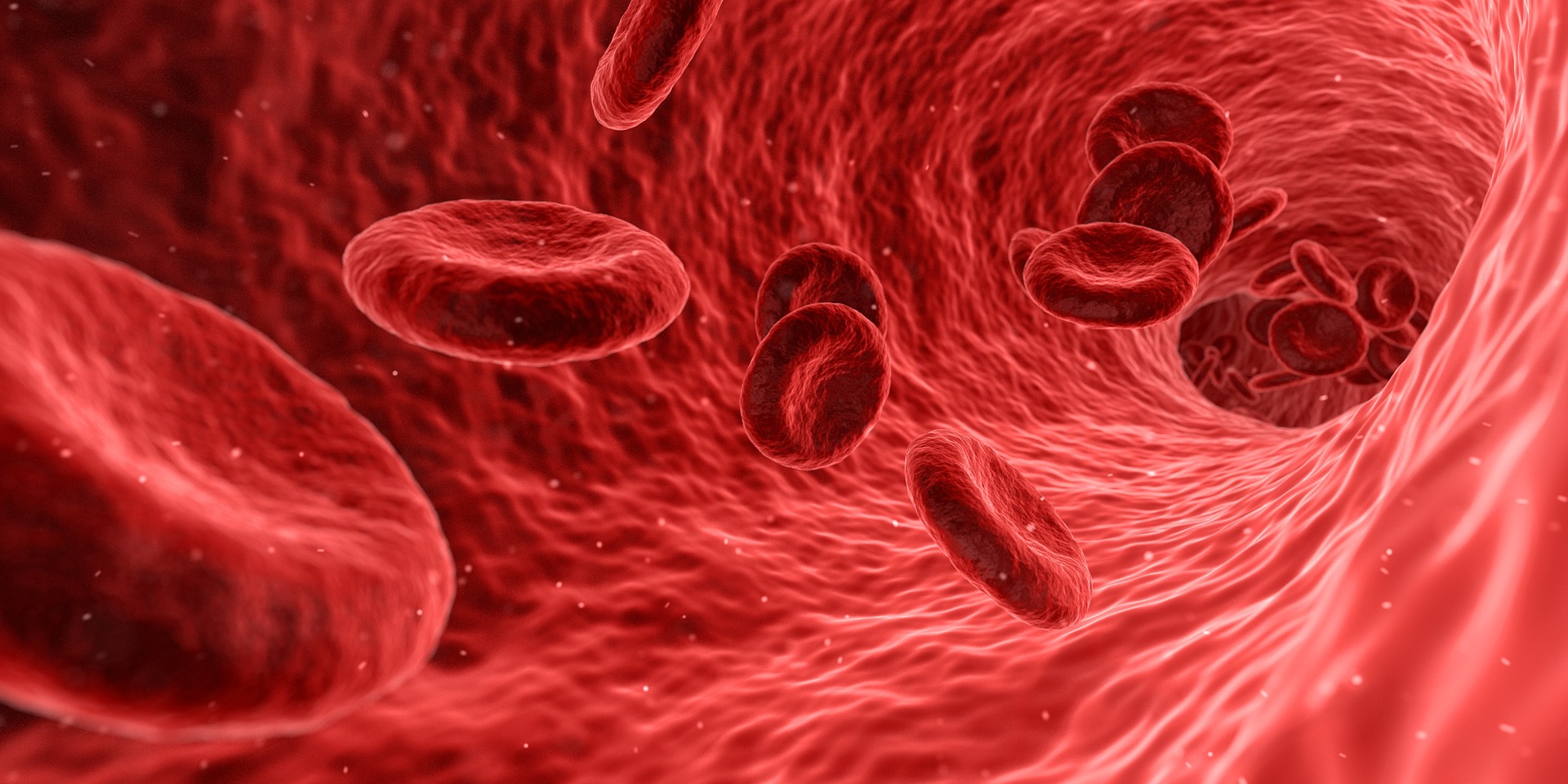
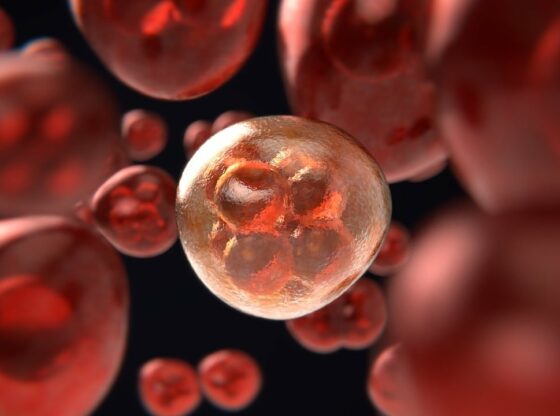


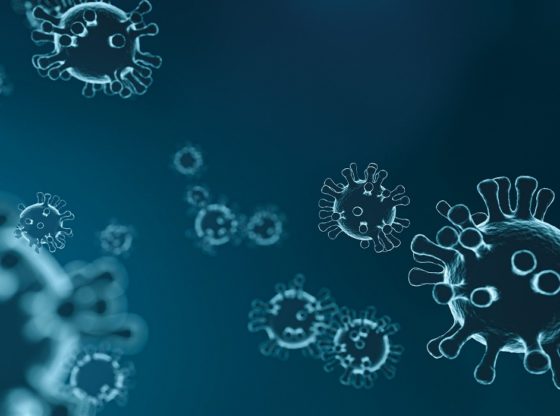
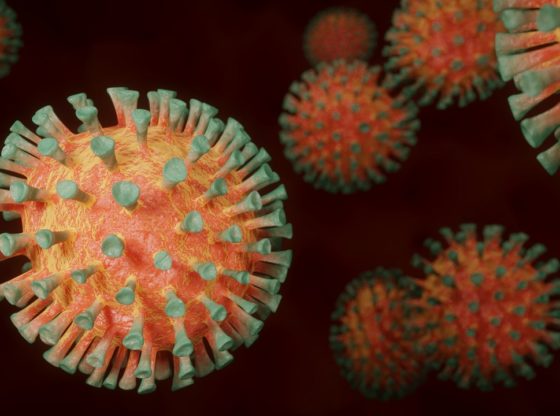
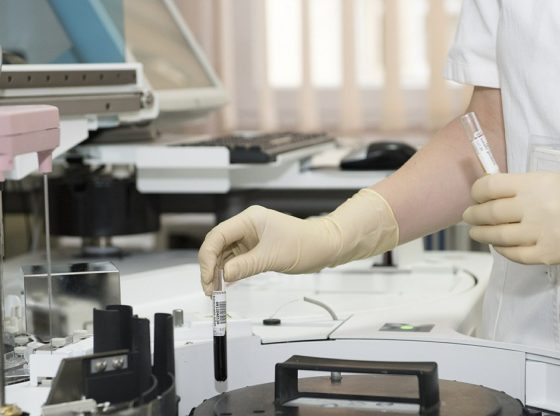
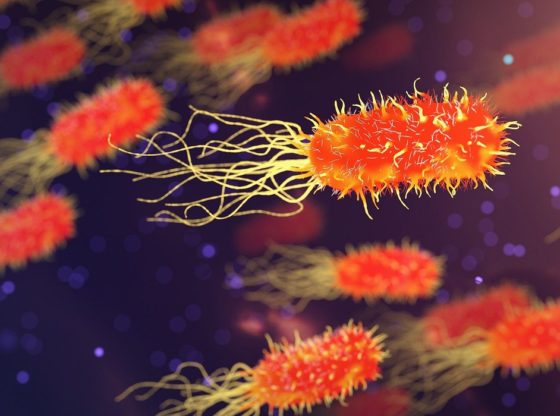
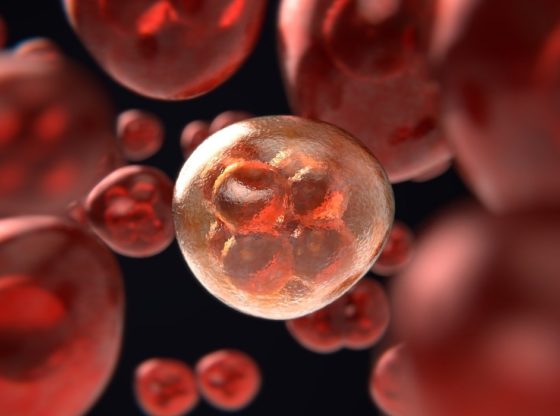


![OpenAI. (2025). ChatGPT [Large language model]. https://chatgpt.com](https://www.illustratedcuriosity.com/files/media/55136/b1b0b614-5b72-486c-901d-ff244549d67a-350x260.webp)
![OpenAI. (2025). ChatGPT [Large language model]. https://chatgpt.com](https://www.illustratedcuriosity.com/files/media/55124/79bc18fa-f616-4951-856f-cc724ad5d497-350x260.webp)
![OpenAI. (2025). ChatGPT [Large language model]. https://chatgpt.com](https://www.illustratedcuriosity.com/files/media/55099/2638a982-b4de-4913-8a1c-1479df352bf3-350x260.webp)








